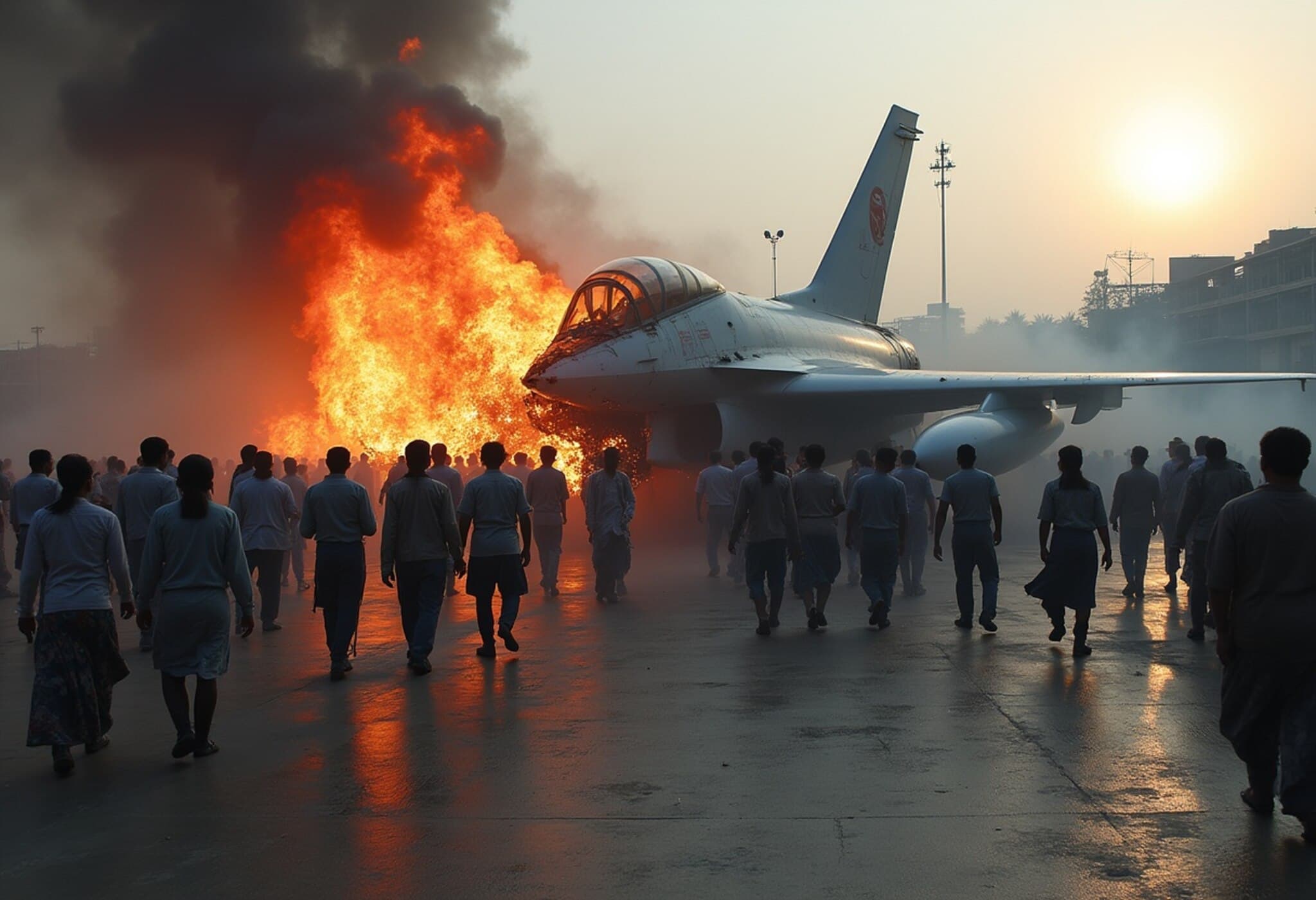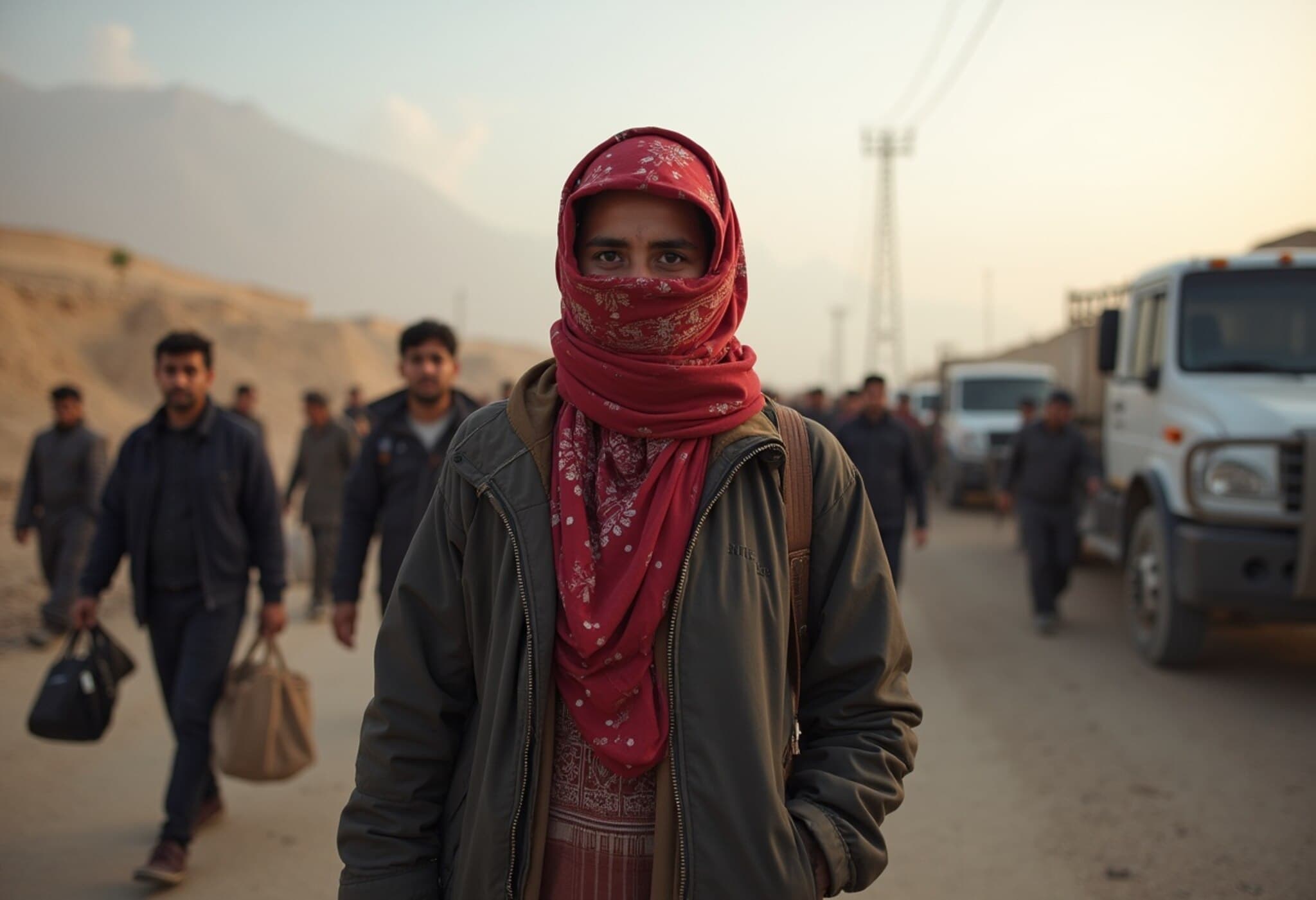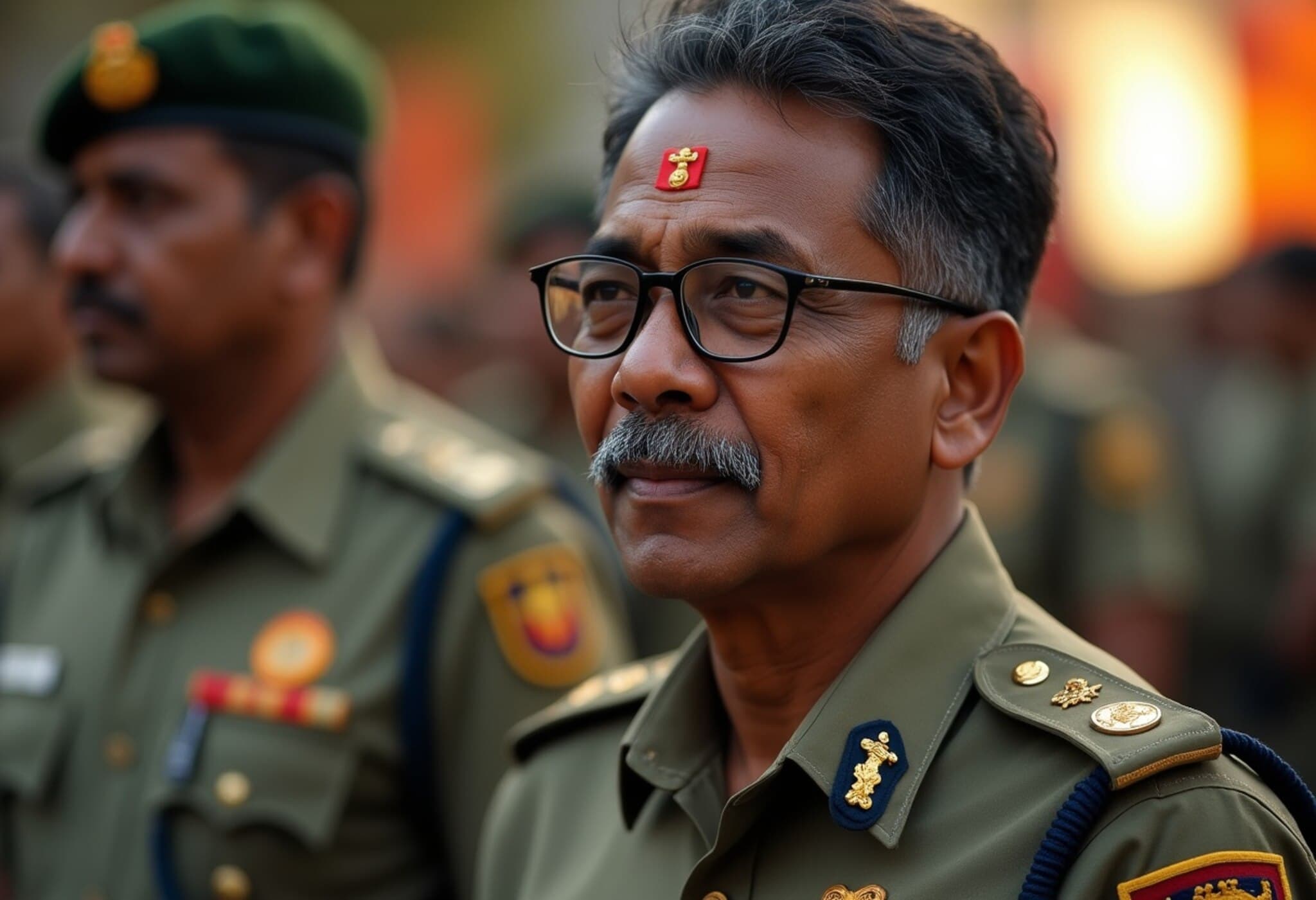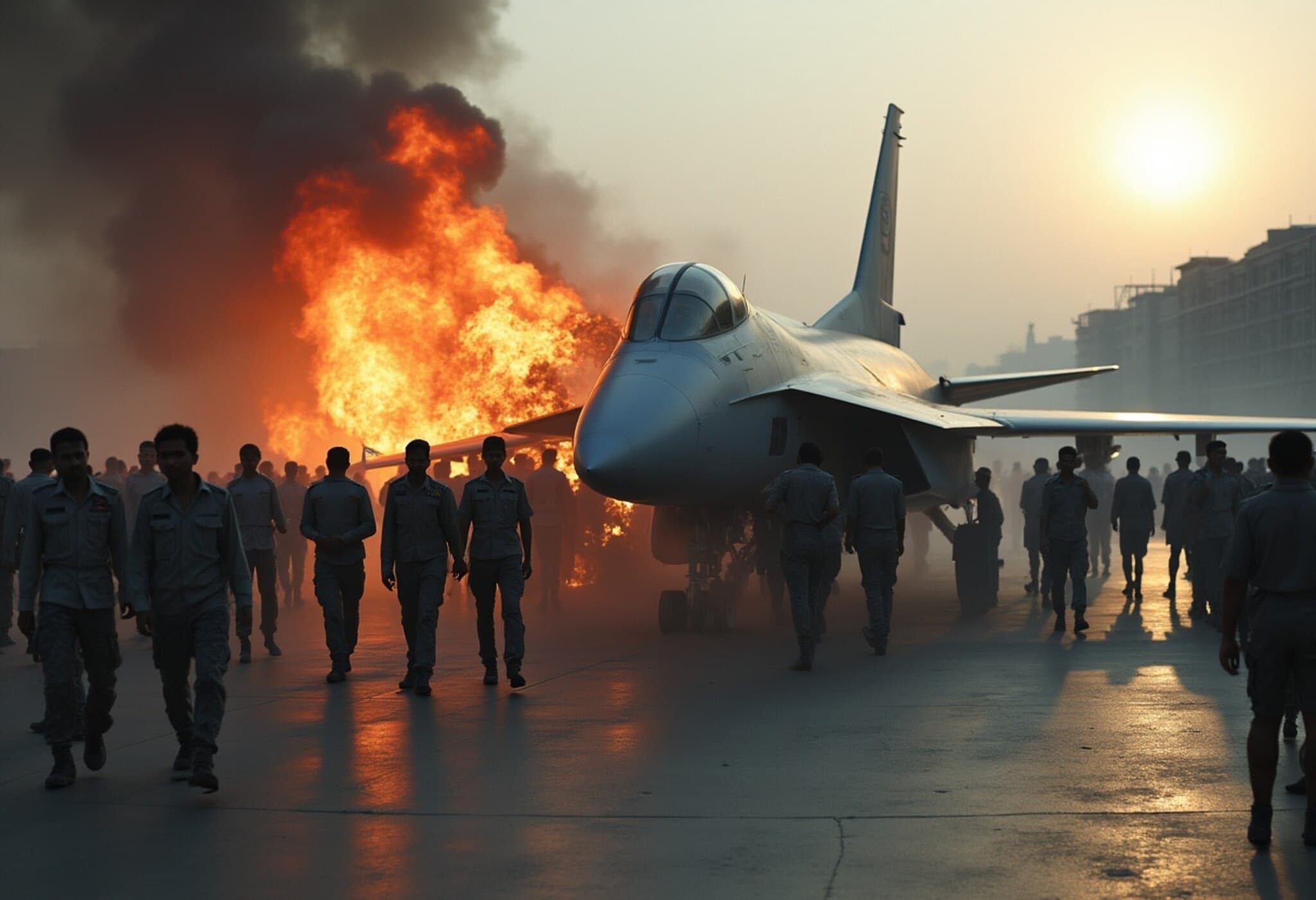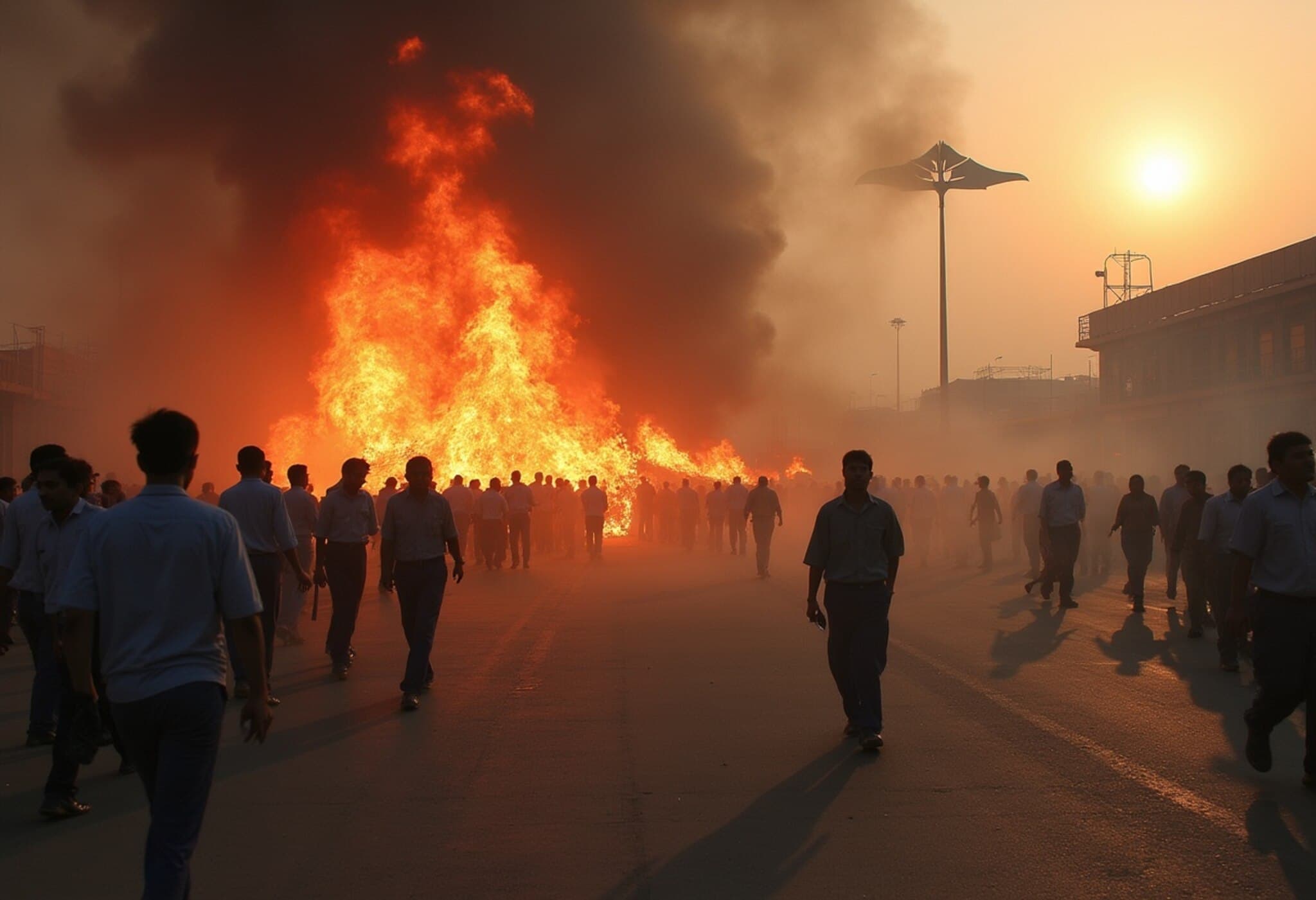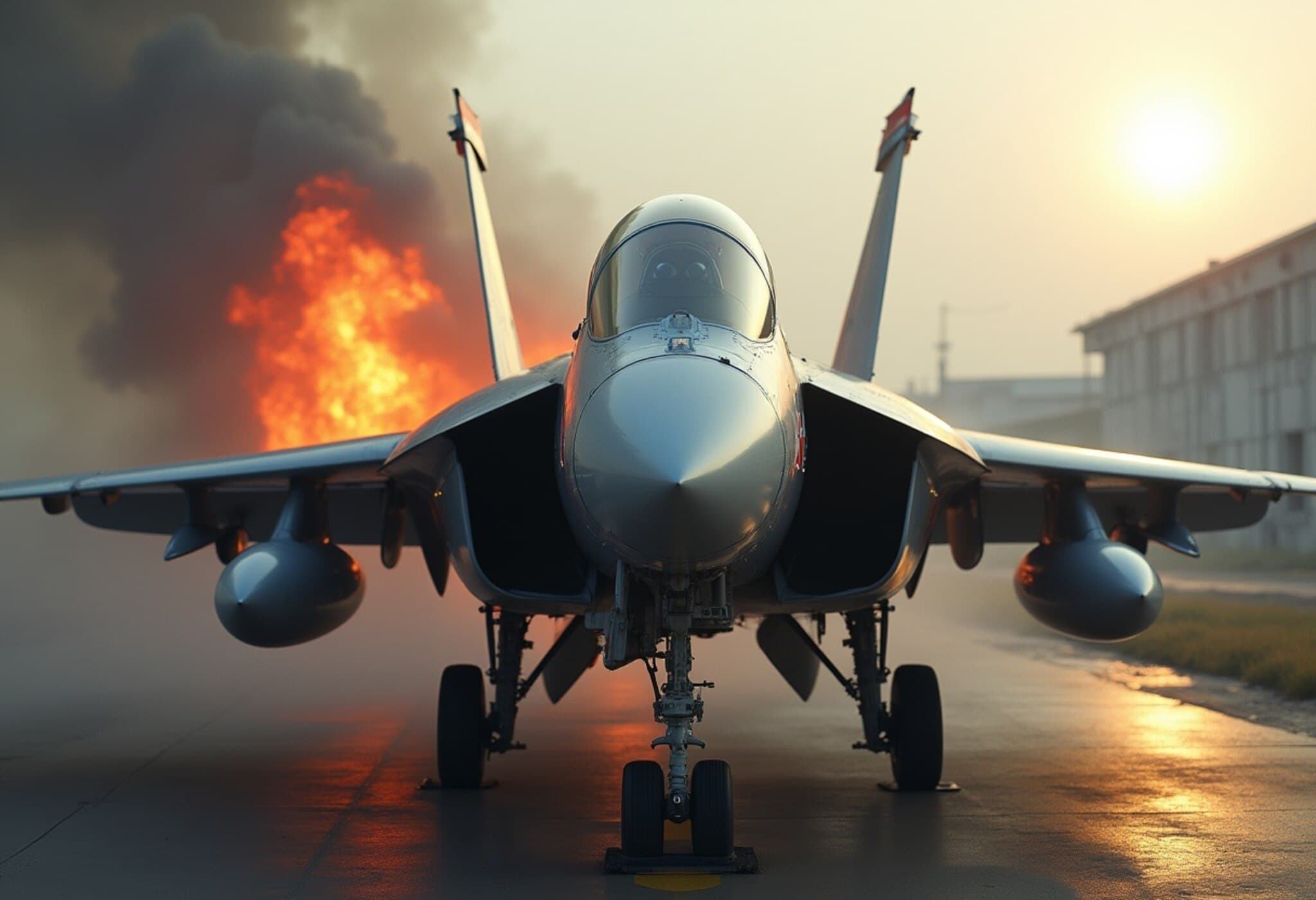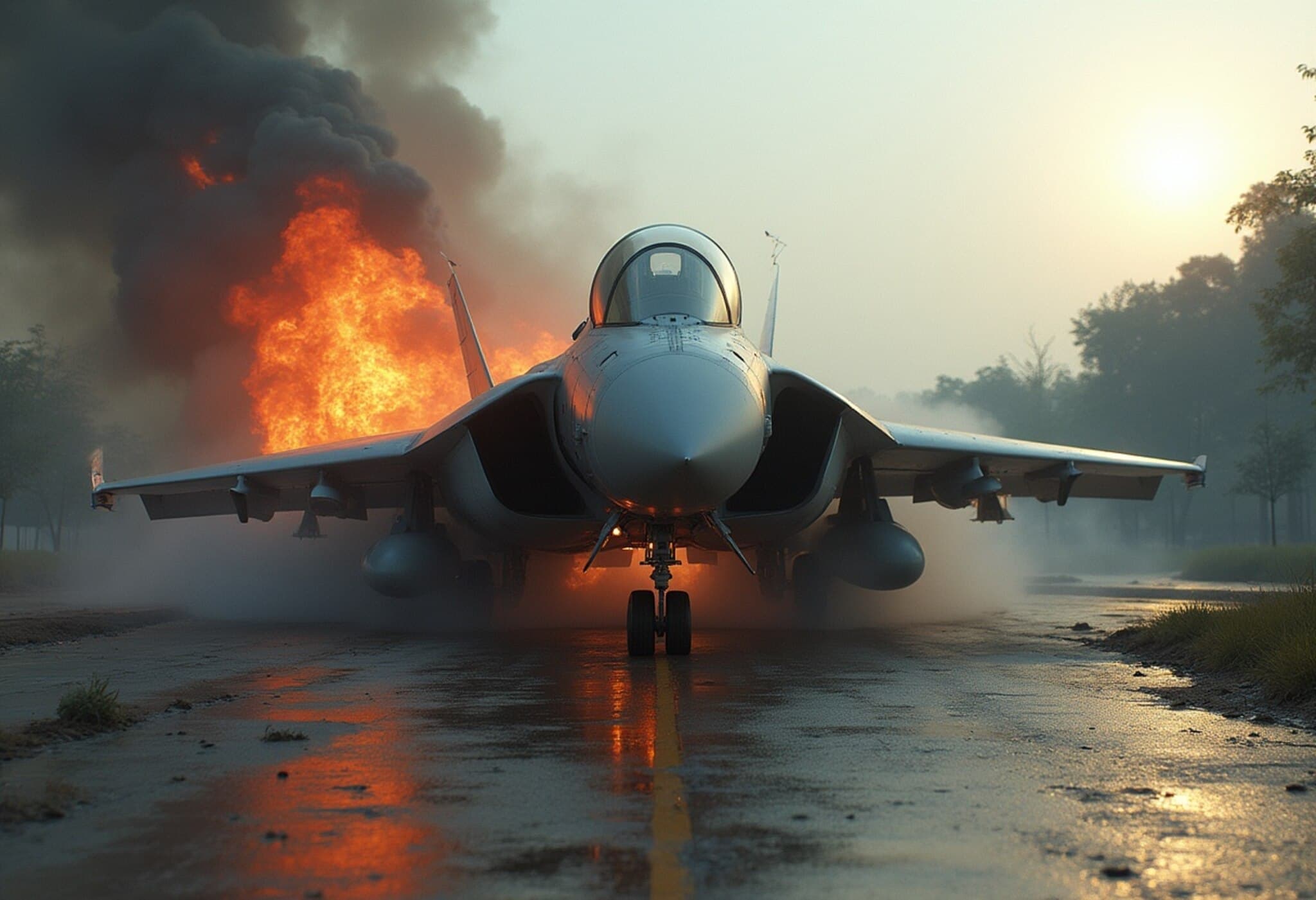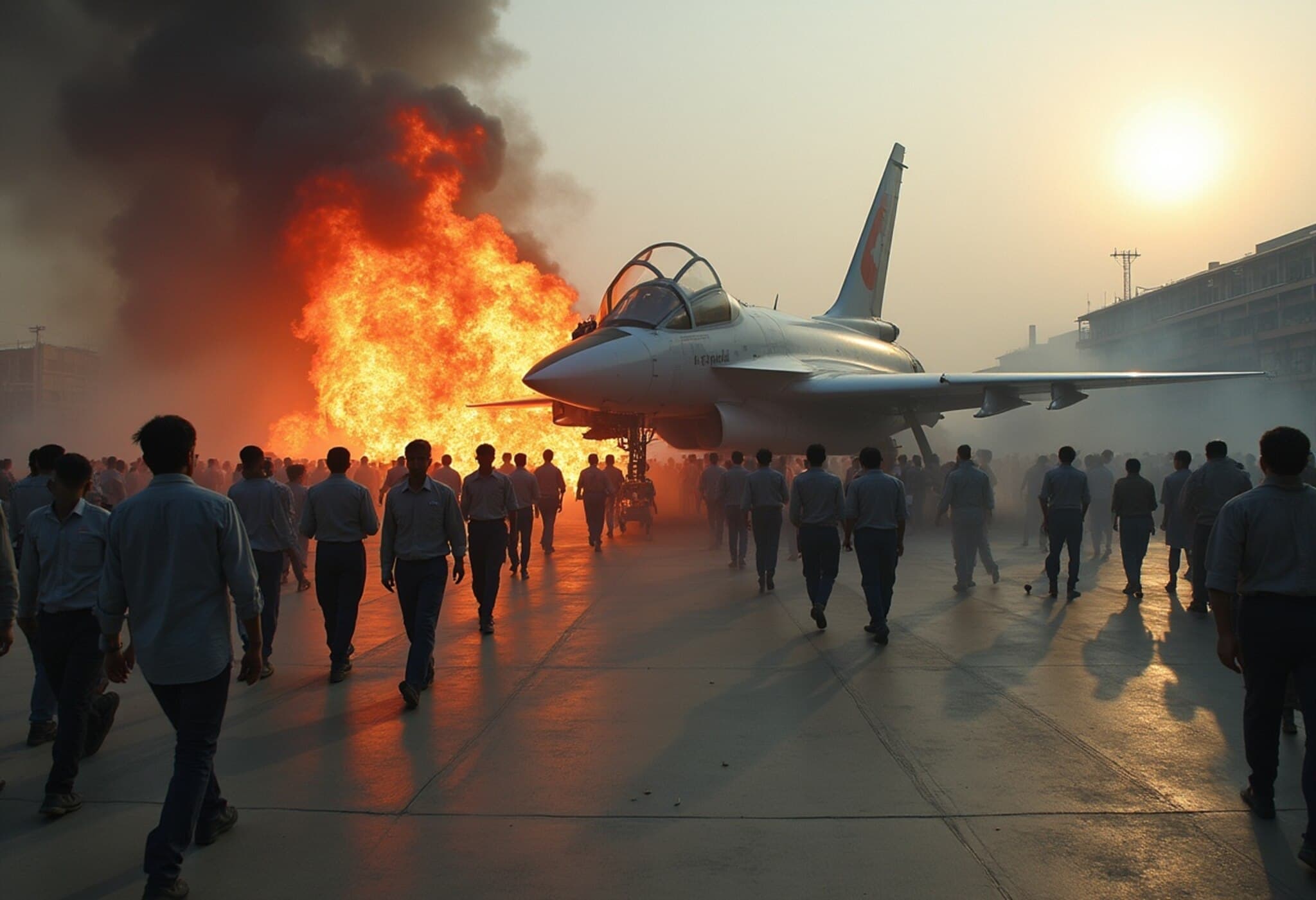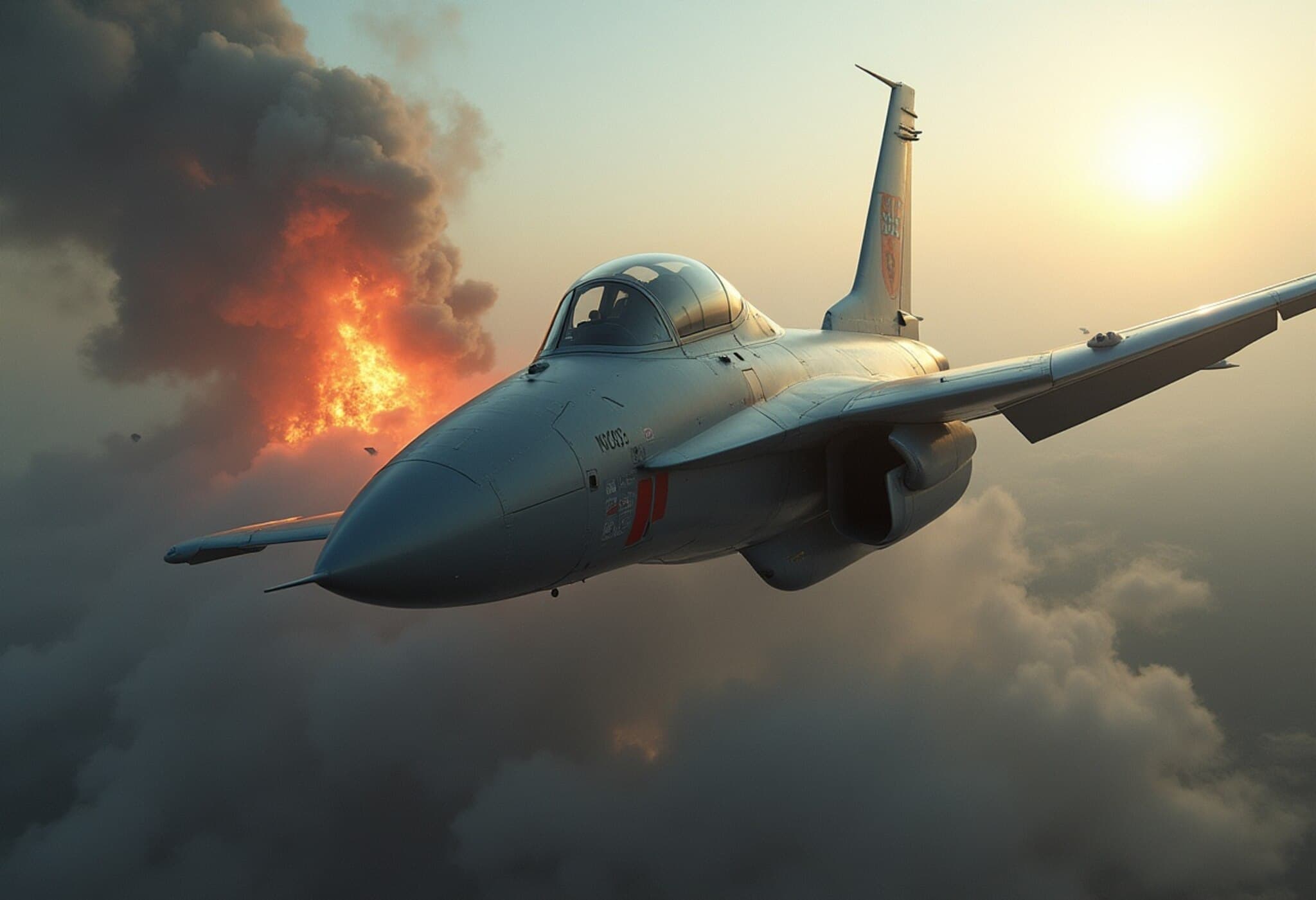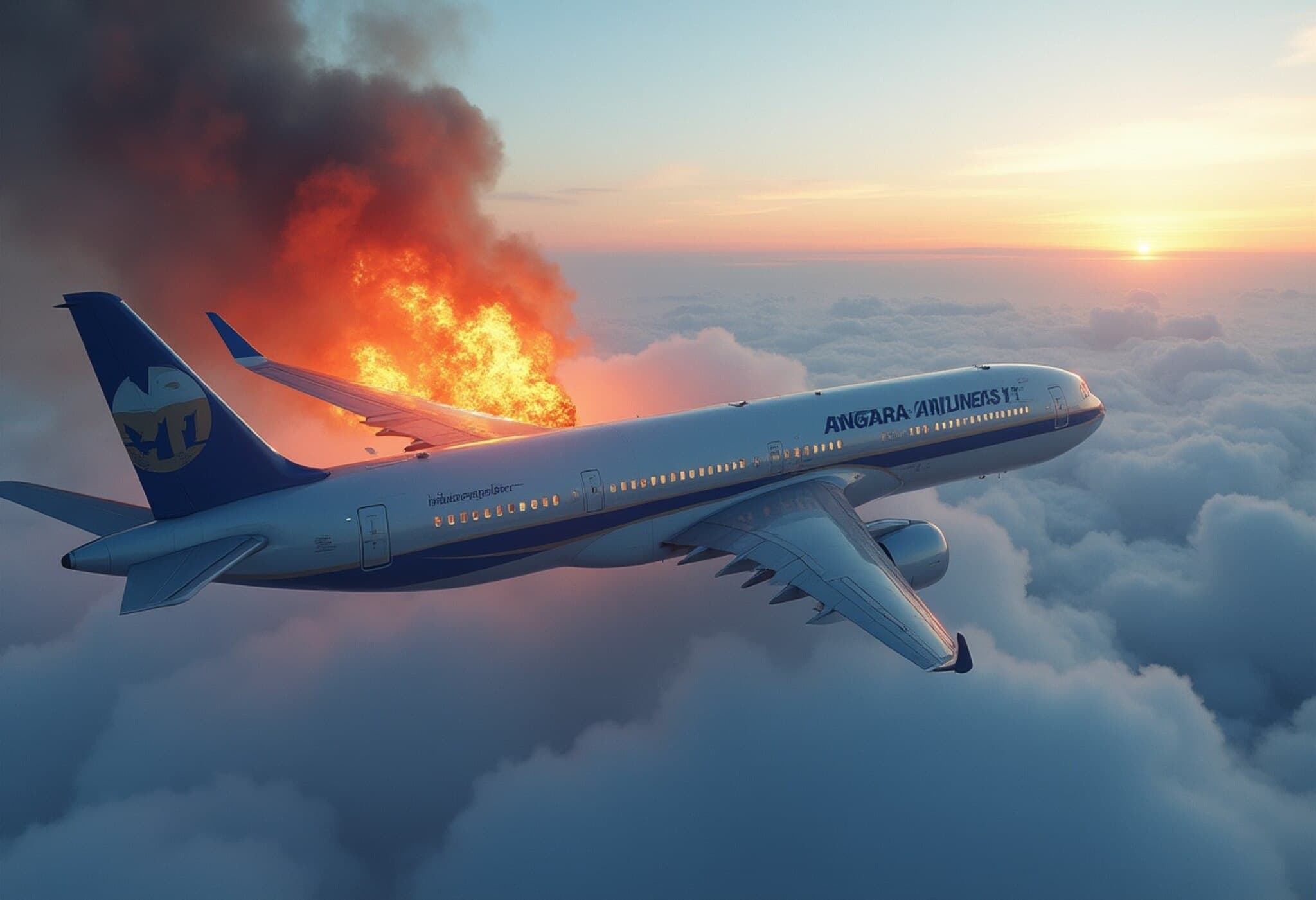Bangladesh Air Force Training Jet Crash Claims 19 Lives Near Dhaka School
In a devastating incident that has shaken the nation, a Bangladesh Air Force training jet crashed onto the premises of Milestone School and College in Dhaka’s northern Uttara district on Monday, resulting in the death of at least 19 people and injuring over 50 others, including many children.
Details of the Crash
The Bangladesh Army’s public relations office confirmed in an official brief that the aircraft involved was an F-7 BGI model, operated by the Bangladesh Air Force. According to eyewitness reports and emergency responders, the plane went down suddenly during a routine training exercise and collided directly with the school campus, a densely populated area.
Human Toll and Emergency Response
Tragically, at the time of the crash, many students and staff were present on campus, leading to a high number of casualties. Over 50 individuals, both children and adults, have been hospitalized with severe burns and other injuries. Medical experts at the National Institute of Burn and Plastic Surgery described the situation as critical, emphasizing the urgency of care for the victims.
Context and Underreported Concerns
This disaster highlights systemic concerns over safety regulations regarding military training flights over densely populated urban areas. Dhaka, one of the world’s most crowded cities, often faces challenges in ensuring civilian safety during military exercises. Experts and advocates have long called for stricter protocols and transparent investigations when accidents involve civilian casualties.
From an American and global aviation safety perspective, such incidents call attention to the broader need for rigorous oversight of military aviation practices in metropolitan regions. The tragedy echoes past global incidents where insufficient risk mitigation led to civilian losses, raising questions about accountability and necessary reforms.
Looking Ahead: Investigations and Accountability
Authorities are currently conducting a full investigation into the root causes of the crash. Preliminary inquiries will focus on technical faults, pilot error, or possible lapses in air traffic control. The Bangladesh military and government officials have pledged support for the victims' families, while also promising a thorough probe to prevent future calamities.
Given the scale of the tragedy and the involvement of children, public pressure for transparent disclosure and actionable safety measures is mounting. Community leaders and civil society groups are advocating for greater civilian safeguards and improved communication about military activities in urban spaces.
Editor’s Note:
The Bangladesh Air Force plane crash is a heart-wrenching reminder of the vulnerabilities faced when military training intersects with civilian environments. Beyond the immediate loss of life and injury, it challenges policymakers to rethink how urban airspace is managed and to prioritize human safety above operational convenience. This tragedy underscores the critical balance between national defense preparation and protecting innocent lives—an equilibrium that must be vigilantly maintained.
As further details emerge, the global community and aviation safety experts will be watching closely to see how Bangladesh addresses these long-standing concerns. Will this lead to stronger regulations and reforms? Only time will tell, but for now, the focus remains on healing and justice for the victims and their families.

